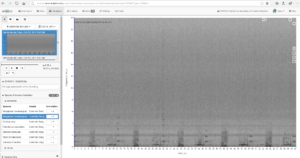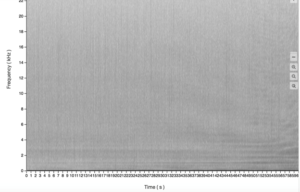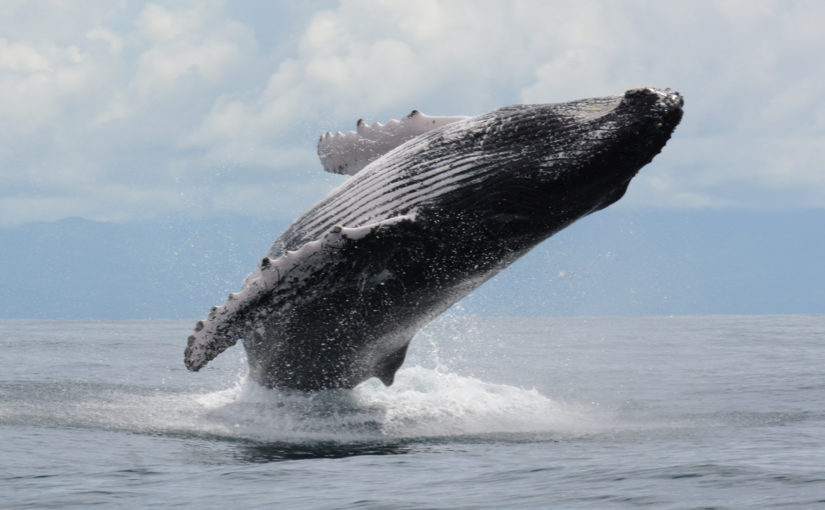By Kate Ziegler
November 6, 2018
For my project, I am working with Shelby and Danielle to analyze the acoustic activity of humpback whales off the coast of Panama, a popular breeding ground which both northern and southern humpbacks migrate to/ pass through. Humpbacks’ songs are composed of units, phrases, and themes that are repeated in a specific order, and the song is often repeated several times. Many aquatic species utilize acoustic communication for mating, socializing, and predator alerts. However, a large threat to such species is anthropogenic noise, which includes any sound produced by or resulting from human activities. In Panama, anthropogenic noise is especially prevalent from fishing and whale watching vessels which pass through these precious waters.
We are interested to see when these humpbacks are most acoustically active throughout the day and whether anthropogenic noise from passing ships has an effect on acoustic activity. The past two months have been spent cutting audio files and uploading them to Arbimon, an online program where these audio files can be analyzed. Just last week data analysis began and I am so excited!!! We are starting with files from Coiba National Park, a marine protected area. So far I have only gotten through the first day of October, but here is what we are looking for in the files:
All of the  dark patches along the bottom of this file are parts of the singer’s song. This audio file was very clear and you can hear the repeats of the various parts of the song. Hopefully if we have enough time at the end of the semester, we can take a file like this and map out the sonic structure.
dark patches along the bottom of this file are parts of the singer’s song. This audio file was very clear and you can hear the repeats of the various parts of the song. Hopefully if we have enough time at the end of the semester, we can take a file like this and map out the sonic structure.  As a side research question, I would be interested to see if the structure of the songs differs between northern and southern humpbacks. Not all files are as clear as this one, which posed a challenge as I sorted through the first day, but hopefully I will become very accustomed to what to look for and the process will get easier and quicker. Interestingly, in a large amount of the recordings there is a low frequency sort of grunting sound, which neither myself nor Dr. May-Collado has yet been able to identify.
As a side research question, I would be interested to see if the structure of the songs differs between northern and southern humpbacks. Not all files are as clear as this one, which posed a challenge as I sorted through the first day, but hopefully I will become very accustomed to what to look for and the process will get easier and quicker. Interestingly, in a large amount of the recordings there is a low frequency sort of grunting sound, which neither myself nor Dr. May-Collado has yet been able to identify.
